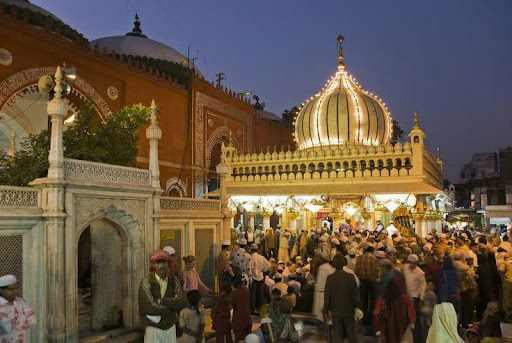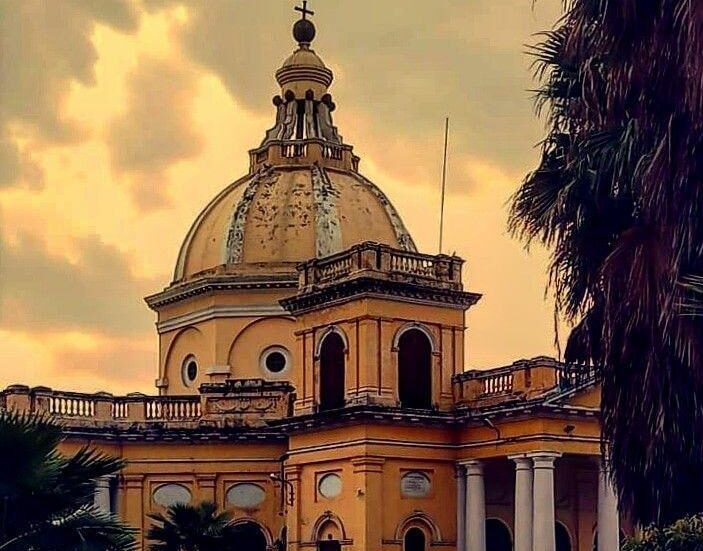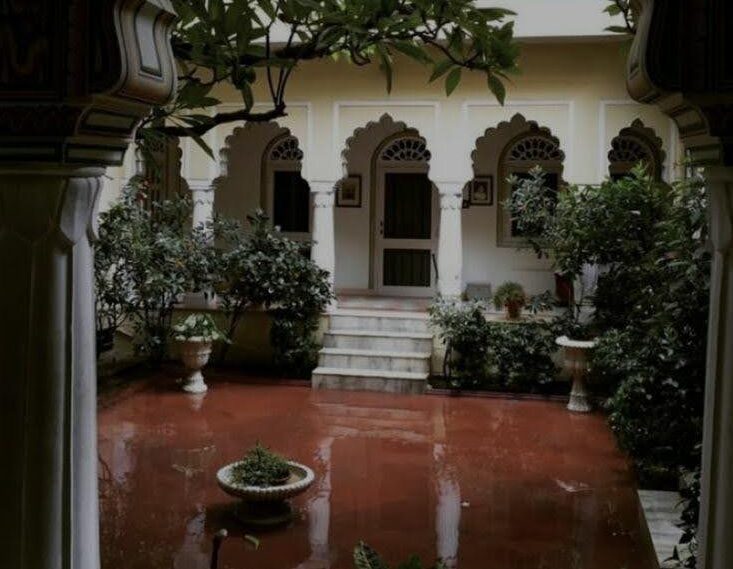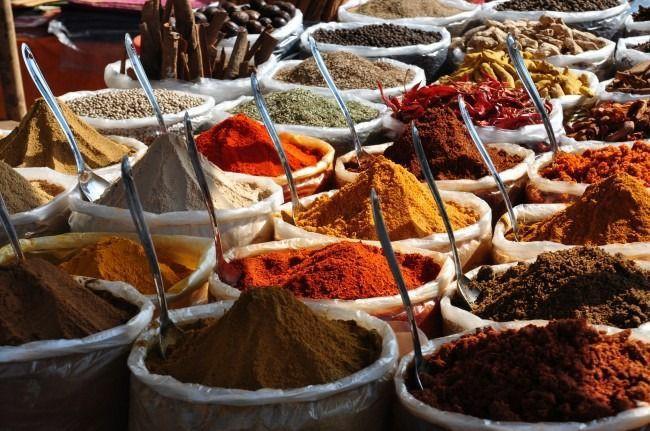#9 Culinary Heritage of Nizamuddin (Old Delhi Series)
Food and faith intertwine in Nizamuddin, given its Sufi history and Mughal roots. The area is a treasure trove of distinct flavours and culinary traditions passed down through generations. Food tells a story. And in Nizamuddin, every bite narrates a tasty tale. This Delhi corner has an awesome food tradition stretching back centuries. The recipes here are seasoned with legends and influenced by Sufi saints and royal Mughal courts. Walking the crowded lanes, tempting aromas draw you to eateries running for generations. The air is filled with the sizzle of kebabs, the scent of simmering curries, the sweetness of warm halwa. Venture off the beaten track into Nizamuddin’s inner alleys to find food that not only nourishes your body but also touches your soul. Let this neighbourhood take you on a delicious journey through history. Legendary Eateries of Nizamuddin Nizamuddin is known for its many eateries offering authentic Mughlai and Sultanate-era treats. These joints dish out recipes perfected over centuries. Do you know Karim‘s has run since 1913, spanning 4 generations? Their melt-in-the-mouth nihari, biryanis, and kebabs are total comfort food. You’ll be shocked to know Al Jawahar has been going strong since 1926. Sink your teeth into their signature shami kebabs and kormas. Not only that, Zaitoon started in the 1950s and is loved for its flaky parathas and nourishing halwas. These iconic eateries bottle the old-world charm of Nizamuddin. Sufi-Inspired Vegetarian Delicacies Nizamuddin Dargah area has special vegetarian dishes influenced by Sufi traditions. Do you know bakarkhani is a spiced circular bread offered at the Dargah as holy food? You’ll be amazed by the Director’s Cutlet – lentil cutlet stuffed with minced nuts and raisins created for filmmakers shooting near the Dargah. Not only that, there’s aloo chaat topped with crisp boondi, sweet chutneys, curd and spice masalas. It’s the ideal vegetarian street snack. These flavorful meatless dishes reflect the Dargah’s ethos of inclusiveness and simplicity. Food of the Festivals Nizamuddincuisine reflects its lively festivals and ‘Urs’ devotional gatherings. You’ll be shocked to know that on Mahavir Jayanti, the Jain community makes and distributes a hearty dal served with rice, rotis and veggies. During the Urs, local homes make the Sufi-influenced dish aush – wheat and chickpea broth infused with healing spices and served with kheer. Not only that, Ramzan brings specialties like shammi kebabs, fried seviyan, and shahi tukda – bread pudding laced with saffron and nuts. The area truly comes alive during festivals with aromatic foods that unite people. Nizamuddin’s cuisine reveals its multi-faith history and cultural essence through food. From ancient recipes perfected over centuries to dishes carrying spiritual meaning, this area is a true hidden gem for gastronomy enthusiasts and foodies alike wanting to discover Delhi’s flavorful past.








